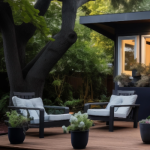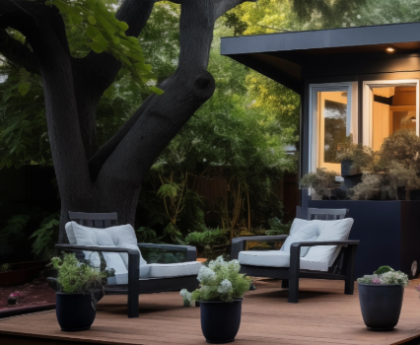
CLEVELAND HEIGHTS, Ohio – Cleveland Heights will be the first community in Ohio to hold an open competition to design a set of building plans for homeowners who want to build an accessory dwelling unit on their property.
The AARP awarded the city a $15,000 grant late last month to fund the competition for the so-called “granny flats” as part of the organization’s push to support projects across the country that make communities more livable.
Planning Director Eric Zamft said the goal of the contest is to produce a set of design plans that the city’s architectural review board, zoning and planning committees can all approve ahead of time so that residents who want to build a unit can bypass the bureaucracy of submitting applications and presenting their plans for each body to approve.
Zamft said the city is still working out the details of the contest, but it will likely begin this fall. The grant money must be used by Dec. 31.
While anyone will be able to submit designs to enter, Zamft said the city will likely pay for an architectural firm to take the winning entries and turn them into buildable options.
Having a main house and a second, smaller residence on the same property is nothing new, including in Cleveland Heights. Many historical homes in the city have such structures, referred to as “carriage houses.”
But cities across the country have begun looking to newly built accessory dwelling units as a solution to provide more affordable housing and opportunities for families to have multiple generations living on the same property.
Cleveland Heights Assistant Planning Director Karen Knittel said that many residents have expressed the desire for the units.
“Whether it’s children coming back and needing a residence, or you’re trying to take care of your own parents, this way both families can be independent,” Knittel said.
The city’s zoning laws, however, generally limit each parcel of land to one single-family residence. The city asked the Cuyahoga County Planning Department to study how accompanying new accessory dwellings would fit into the zoning code. The county found that the city would need to reform its zoning code and make several changes – including possibly removing its ban on overnight street parking.
That all requires community buy-in, and Knittel and Zamft said that the city will involve the community at each step of the way.
Zamft said he hopes Cleveland Heights will pave the way for other cities in Cuyahoga County and across the state to make it easier for residents to add the second units to their property.
“When we engaged with the county on the study, we were clear up front that while this was for Cleveland Heights, feel free to share it left and right,” Zamft said. “If this can be an impetus for other communities to do something similar, we’re happy for that.”



